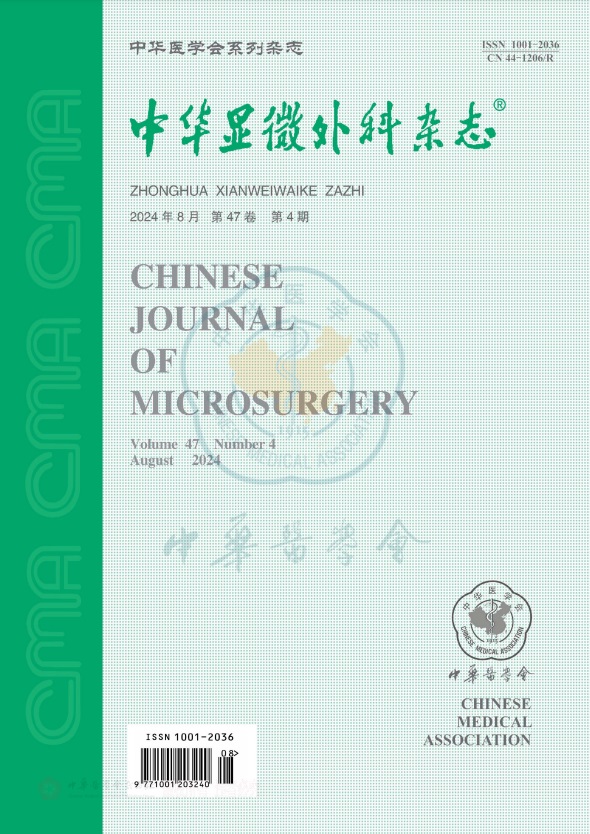Reconstruction of anterior inferior cerebellar artery by occipital artery through extended retrosigmoid approach
引用次数: 0
Abstract
Objective To explore the feasibility of occipital artery(OA) to anterior inferior cerebellar artery (AICA) through the extended retrosigmoid approach, also perform a systemic microanatomical study of OA and AICA with the exposure of extended retrosigmoid approach, find the easy way to perform the procedure. Methods From September, 2016 to January, 2017, 5 adult cadaveric heads injected with colored latex (total 10 sides) were performed the extended retrosigmoid approach, and measured the caliber of distal occipital artery (OA), the final length of the OA harvest, the reliable landmark of the OA harvest, and the distance from the flocculonodular segment of anterior inferior cerebellar artery (AICA) to the OA, the diameter of AICA flocculonodular segment branch. Whole procedure of OA to IACA bypass also be performed. Statistical analysis was performed. Results By the extended retrosigmoid approach, AICA flocculonodular segment could be easily exposure, the average diameter was 1.2 mm, the OA branch could be harvested in average was (72.3±3.3)mm in length from the occipital sulcus, and the average distance between occipital sulcus and AICA flocculonodular segment was (47.6±1.9)mm. The bypass procedure also could be performed through the proper corridor. Conclusion The Extended retrosigmoid approach is a safe and efficient way to perform the OA-AICA bypass procedure, and the procedure is easier to be performed than other surgical approaches. Key words: Occipital artery; Anterior inferior cerebellar artery; OA-AICA bypass; Extended-retrosigmoid approach; Applied anatomy枕动脉经乙状结肠后延长入路重建小脑前下动脉
目的探讨枕动脉(OA)经乙状结肠后延长入路至小脑前下动脉(AICA)的可行性,并对经乙状窦后延长入径暴露的OA和AICA进行系统的显微解剖学研究,寻找简便的手术方法。方法从2016年9月至2017年1月,对5具注射彩色乳胶的成人尸头(共10侧)进行乙状结肠后延长入路,测量枕动脉远端(OA)的口径、OA收获的最终长度、OA收获可靠标志,小脑前下动脉(AICA)絮结节段至OA的距离、AICA絮结节段支的直径。OA到IACA旁路的整个过程也要执行。进行统计分析。结果经乙状结肠后延长入路,AICA絮状结节段易于暴露,平均直径1.2 mm,OA支距枕沟平均长度(72.3±3.3)mm,枕沟与AICA絮状结节段的平均距离为(47.6±1.9)mm。结论扩大乙状结肠后入路是一种安全、有效的OA-AICA旁路手术方法,该方法比其他手术方法更容易实施。关键词:枕动脉;小脑前下动脉;OA-AICA旁路;乙状结肠后扩大入路;应用解剖学
本文章由计算机程序翻译,如有差异,请以英文原文为准。
求助全文
约1分钟内获得全文
求助全文
来源期刊
CiteScore
0.50
自引率
0.00%
发文量
6448
期刊介绍:
Chinese Journal of Microsurgery was established in 1978, the predecessor of which is Microsurgery. Chinese Journal of Microsurgery is now indexed by WPRIM, CNKI, Wanfang Data, CSCD, etc. The impact factor of the journal is 1.731 in 2017, ranking the third among all journal of comprehensive surgery.
The journal covers clinical and basic studies in field of microsurgery. Articles with clinical interest and implications will be given preference.

 求助内容:
求助内容: 应助结果提醒方式:
应助结果提醒方式:


